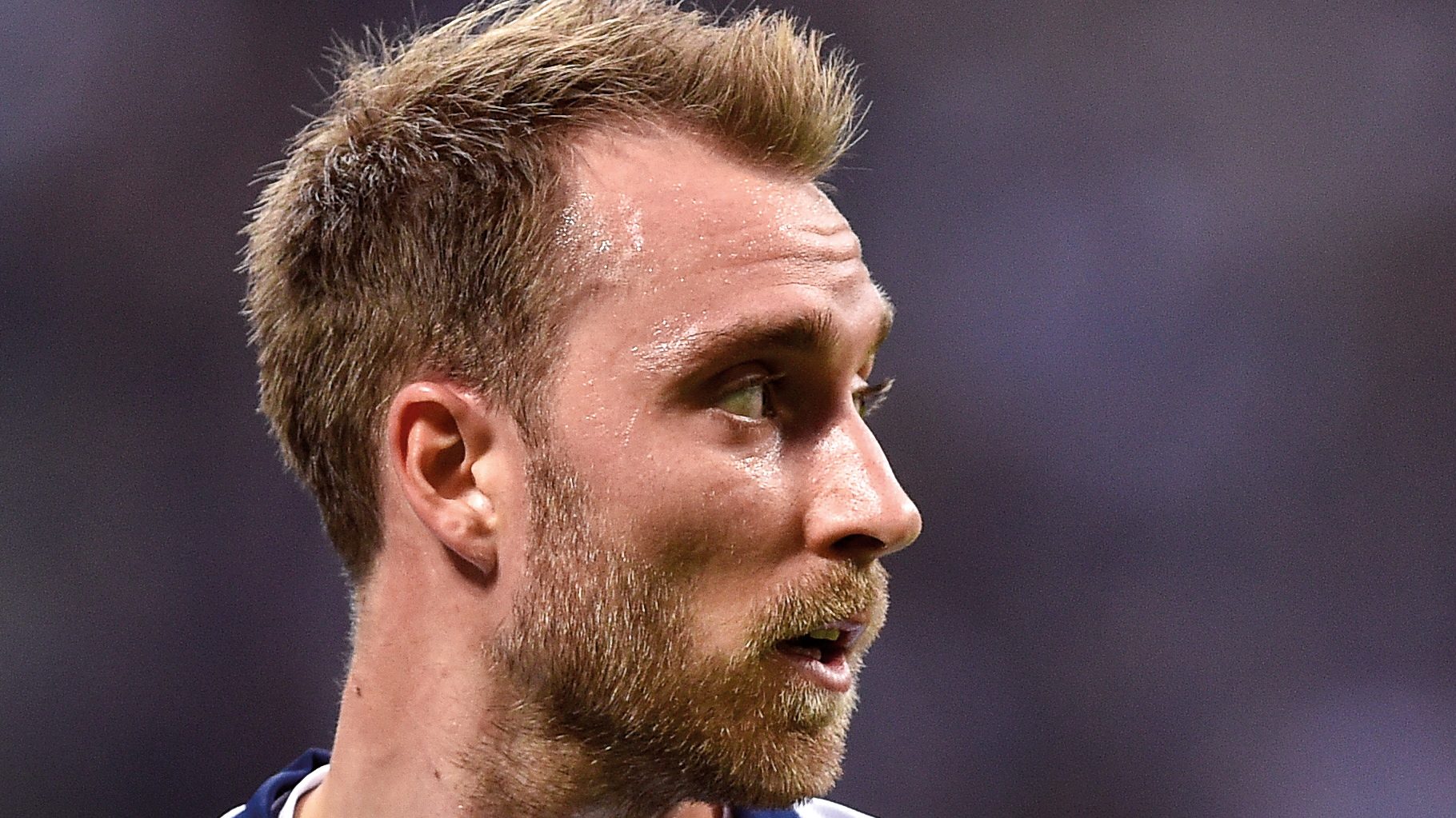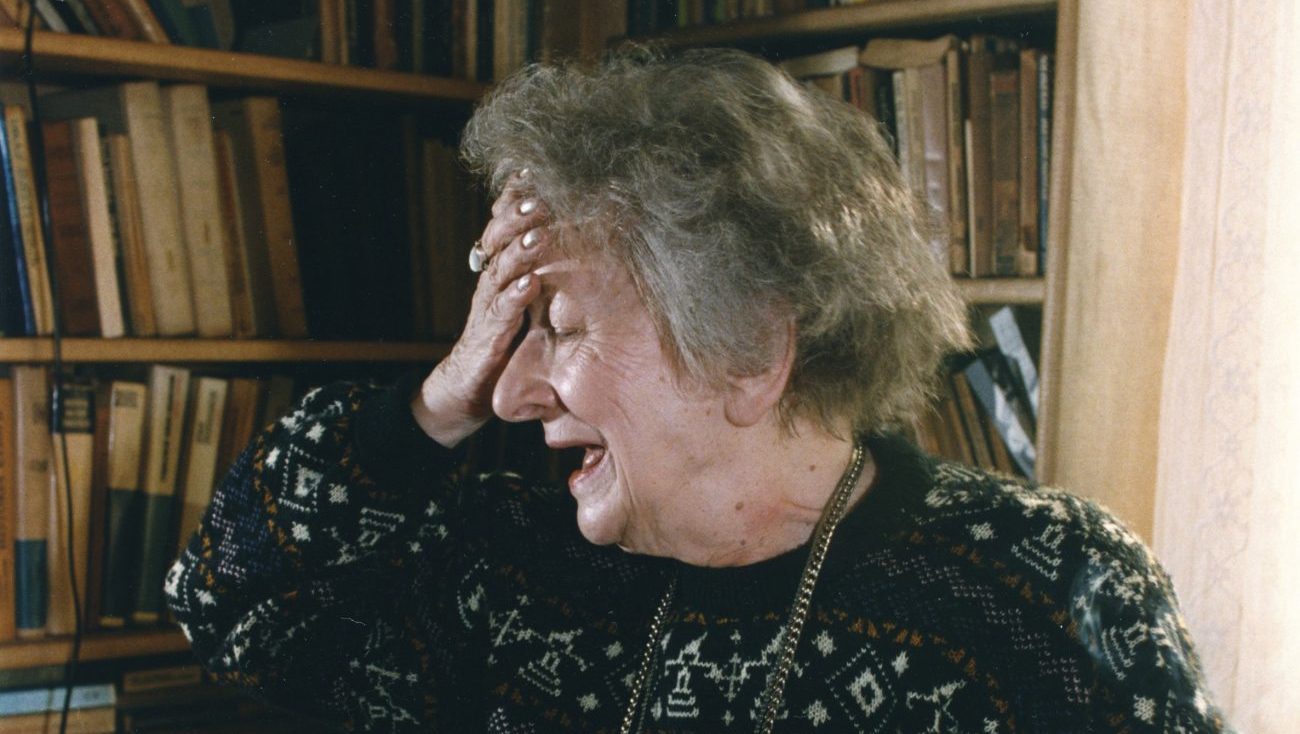The return of Christian Eriksen, eight months after his heart suddenly stopped beating as he played for Denmark in the European Championship, provokes awe and dread in the same breath.
We might of course take inspiration from a man who had been paid more
over a decade than ordinary folk could earn in several lifetimes retaining
such love for his game that he wants to test himself again following his near-death experience.
His return requires signing off by a sports cardiologist, surely the most literal interpretation of “subject to medical examination”. His proposed
new employer, Brentford FC, is a veritable Danish enclave close to Heathrow Airport. It has eight Danish players, the head coach Thomas Frank is also a Dane who coached Eriksen at youth level, and Brentford’s owner Matthew Benham is the main shareholder in the Danish Superliga club FC Midtjylland.
But this is no fairy story. Football is a contact sport, the Premier League is the most physically intense on earth, and though Eriksen proved during six-and-a-half years at Tottenham that his vision and touch are exceptional, fears of the device implanted above his chest to regulate his heart becoming dislodged by physical impact is obvious.
Eriksen says he has two compelling dreams. One is to play again at Parken
Stadium in Copenhagen. The other is to be Denmark’s play-maker at the 2022 World Cup in Qatar.
Qatar! Even in December, the desert heat might strain hearts, minds and sinew. And while nothing suggests that Eriksen’s cardiac arrest last June was caused by heat, there are examples of outwardly fit professionals dropping
dead in extreme heat or humidity.
Think of Marc-Vivien Foé, of Dani Jarque and Antonio Puerta, of Naoki Matsuda to name but four. They were among dozens of players who died of heart failure in their sporting prime. Foé, 28, was a colossal energetic midfielder for Lens, West Ham, Lyon and Manchester City. He keeled over
without any opponent within touching distance during a game for Cameroon
in the 2003 FIFA Confederation Cup in Lyon.
An autopsy pointed to hypertrophic cardiomyopathy. The wall of Foé’s heart was extraordinarily thick, and possibly had been from birth, making it inefficient when trying to pump blood in extreme climates, such as that summer in Lyon. His demise, and others, moved FIFA, the world’s richest
sporting body, to demand all major stadiums have basic resuscitation tools and knowledge available.
Eriksen was dead by the time the medics reached him. “He was gone,” said Morten Boesen, the Danish medical officer. “It was a cardiac arrest. We got him back after one defib.” The defibrillators we see in towns and on public transport can cost as little as a thousand pounds or euros. The Danish doctor calculated that Eriksen was clinically dead for four minutes before the machine jolted him back into life. “If it happened in his living room,” Dr Boesen added, “Christian would not be here now.”
That message (and the horror of spectators witnessing his fall) had familiar echoes at White Hart Lane, Tottenham, where Eriksen played most of his career. It was where Fabrice Muamba suffered cardiac arrest in 2012 playing for Bolton against Spurs in the FA Cup.
Doctors revived him. Muamba was fitted with an implantable cardioverter-defibrillator (ICD) intended to provide an electrical impulse to shock the heart back into rhythm should it arrest again. Muamba was then 24, Eriksen will turn 30 next month.
And while one man’s heart attack might not be identical to another’s, Muamba commented this month that he would not play again in Eriksen’s
situation. “No point killing yourself to get back into playing,’ Muamba said. “Why risk it?”
Sergio Aguero, 33, retired on medical advice three months ago when doctors in Barcelona discovered he, too, had an irregular heartbeat despite being among the world’s outstanding strikers.
The medical profession is divided over many things, including this. Eriksen’s talent is unquestionably exceptional. He is a player who can make a difference in a second. Has proved that over 527 club and 109 national team games.
But his return begs more questions than answers. Brentford offered him a six-month contract, with a further year to follow if all is well. It may be a
pay-per-play arrangement, presumably without insurance cover.
Eriksen is free to sign it because Inter Milan, which he joined after Tottenham, terminated his contract under Italian rule forbidding anyone competing in sport with a defibrillator beneath their skin.
Eriksen may have convinced his family that the Italians are wrong and the risks are covered by his implant. He trained this month in Amsterdam with Ajax, where he played in his teens. A reassuring figure there is Daley Blind, the defender who has scarcely missed a match since having an internal heart defibrillator fitted after he suffered dizzy spells due to heart muscle inflammation in 2019.
Many roads lead to Amsterdam. Ajax was the first club of Nico Rijnders who
suffered cardiac arrest playing for Club Brugge in 1972. The young doctor
who resuscitated Rijnders with old fashioned heart massage and mouth to
mouth that day became FIFA chief medical officer over the next 40 years — and he, Dr Michel d’Hooghe, demanded that every club, however modest, has a defibrillator. The end of Rijnders’ story, however, is chilling. He never played again, but died aged 28 of heart failure four years later.




